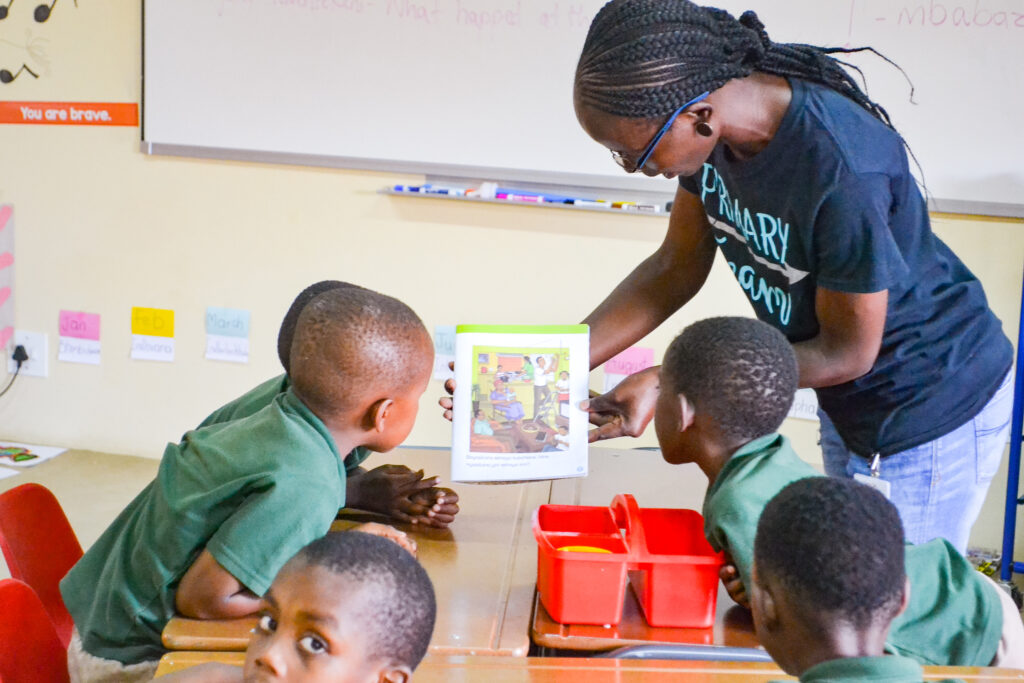6 Barriers to Education in Eswatini

If you live in a place where going to school is an everyday occurrence, you may not have faced many barriers to education. Maybe you went to preschool, primary school, and secondary school without doubting that you’d drop out one day. And perhaps you even went on to college, got an internship, and found a well-paying job.
While this journey is available in many countries, there are places where getting a formal education is nearly impossible. Unfortunately, millions of adults and children around the world lack access to education.
Research suggests that 59 million children of primary school age are denied an education. And nearly 65 million adolescents don’t have access to a secondary school.
One reason for these numbers is the conflict and natural disasters that are prevalent in various countries. These two factors have disrupted and stalled the education of 75 million children.
However, another common barrier to education is the teachers. In one of three countries, less than three-quarters of teachers receive training that meets national standards. As a result, 130 million children in school never learn the basics.
And the ones who aren’t attending school are likely working. Studies indicate that in 2012, 168 million kids between the ages of 5 and 17 were child labor workers.
The barriers to education in Eswatini
While there are common obstacles to education, some barriers are specific to a particular country. For example, in Eswatini, the most prevalent reasons children skip school have little to do with conflict zones, natural disasters, and child labor.
Those barriers do exist in some capacity. But in the small kingdom of Eswatini, there’s a different set of unique obstacles that Swazi children and adults face. For context, here are six barriers to education in Eswatini.
For girls in Grade 7, the most common cause for dropping out of school is teenage pregnancy. This obstacle is also one of the top causes among girls from as early as Grade 5.
1. Teenage pregnancy
For girls in Grade 7, the most common cause for dropping out of school is teenage pregnancy. This obstacle is also one of the top causes among girls from as early as Grade 5.
Typically, two reasons contribute to this barrier. One reason has to do with the vulnerability of Swazi girls. Research indicates that girls between ages 15 to 17 are more likely to be pregnant if they are orphans.
However, the second reason has to do with arranged marriages. In Eswatini, it’s common for young girls to marry older men. A report suggests that 17% of all married women in Eswatini were married before they turned 18.
2. HIV/AIDS
Most people are unaware that Eswatini has the highest prevalence of HIV/AIDS. In 2019, there were 200,00 Swazis living with the virus. Twenty-seven percent of those with HIV/AIDS were adults between the ages of 15-49. And research suggests that in 2019 there were 2,300 AIDS-related deaths in Eswatini.
This virus plays a significant role in school attendance. Any money that could go to a child’s schooling usually has to go towards treating whoever in the family has HIV/AIDS. And if no one is available to care for the sick individual, the child typically stays behind to look after their ill family member.
Studies suggest that around 25 percent of Swazi children have lost one or both parents to HIV/AIDS.
3. Orphanhood
Because Eswatini has a high prevalence of HIV/AIDS, many children have lost parents or guardians to the virus. In fact, studies suggest that around 25 percent of Swazi children have lost one or both parents to HIV/AIDS.
When this tragedy happens, it becomes even harder for kids to get an education in Eswatini. Without a parent’s support, children can frequently miss school and become more susceptible to food insecurity and exploitation.
Even more troubling, orphanhood can have a devastating impact on children’s mental health. Some kids in Eswatini experience mood swings, withdrawal, social difficulties, phobias, and aggressiveness. And these symptoms decrease performance in the classroom and potentially contribute to high repetition and dropout rates.
4. Attitudes towards schooling
While it’s normal for kids to fuss about going to school, the attitudes towards schooling in Eswatini are making it very challenging for children to stay in school. In a report that highlighted interviews with Swazi teachers, perpetual absenteeism was one of the primary causes of dropouts among boys.
In the interviews, teachers cited “hatred of school,” “revolt against reprimand,” and a general dissatisfaction with school authority as leading reasons for school dropout. And these negative perceptions go a long way in preventing children from getting the schooling they need to excel in life.
5. Violence against children
School should be a place where children feel comfortable and loved. That’s the type of environment that’ll allow kids to perform well. But unfortunately, some children in Eswatini don’t feel comfortable in the classroom.
Research suggests that school is sometimes a dangerous place for Swazi girls. Sadly, there have been many instances where teachers sexually abuse their female students. Additionally, the threat of violence against children, especially girls, is also prevalent when walking to and from school buildings.
58.9% of the rural population lives below the national poverty line, and 20% of Swazis are extremely poor.
6. Poverty
The number of Swazis living in poverty in Eswatini remains high. Research indicates that 58.9 percent of the rural population lives below the national poverty line, and 20 percent of Swazis are extremely poor.
This barrier is a significant one because parents can’t afford to pay for their children’s schooling. In Eswatini, primary education is free. However, parents must pay for their kids to go to secondary school. And if they don’t have the funds, they don’t have the opportunity to give their kids a basic education.
The consequences of not receiving an education
The barriers to education lead to many consequences, and that’s especially true in Eswatini. The inability to get a quality education has created two significant issues in the kingdom.
The most obvious one is the cycle of poverty. Without a proper education, Swazis struggle to get the few jobs that are available, forcing most of them to live on less than US$1.90 per day. This extreme poverty then makes it difficult to pay for the next generation’s schooling, and the cycle continues over and over again until someone stops it.
In even worse scenarios, the inability to go to school and find a job leads some Swazis to abandon their children, creating an orphan crisis in Eswatini. Without financial resources, it’s challenging for adult Swazis to take care of their kids, so they opt to leave them behind instead of watching them suffer.
Help break the barriers to education
Tearing down the barriers to education is imperative if children are to grow up with opportunities and the chance to live a comfortable life. Many countries need your help in providing tomorrow’s leaders with the education and resources they need today. And one of those countries is Eswatini.
The E in Heart for Africa’s mission of HOPE in Eswatini stands for Education. We are raising (and educating) the next generation of leaders and solution seekers to the many challenges facing this kingdom. You can join us. Find out more about our Education initiatives today. You can join us by sponsoring a child’s education or helping us build new schools. Find out more here: https://heartforafrica.org/project-canaan-academy/.


